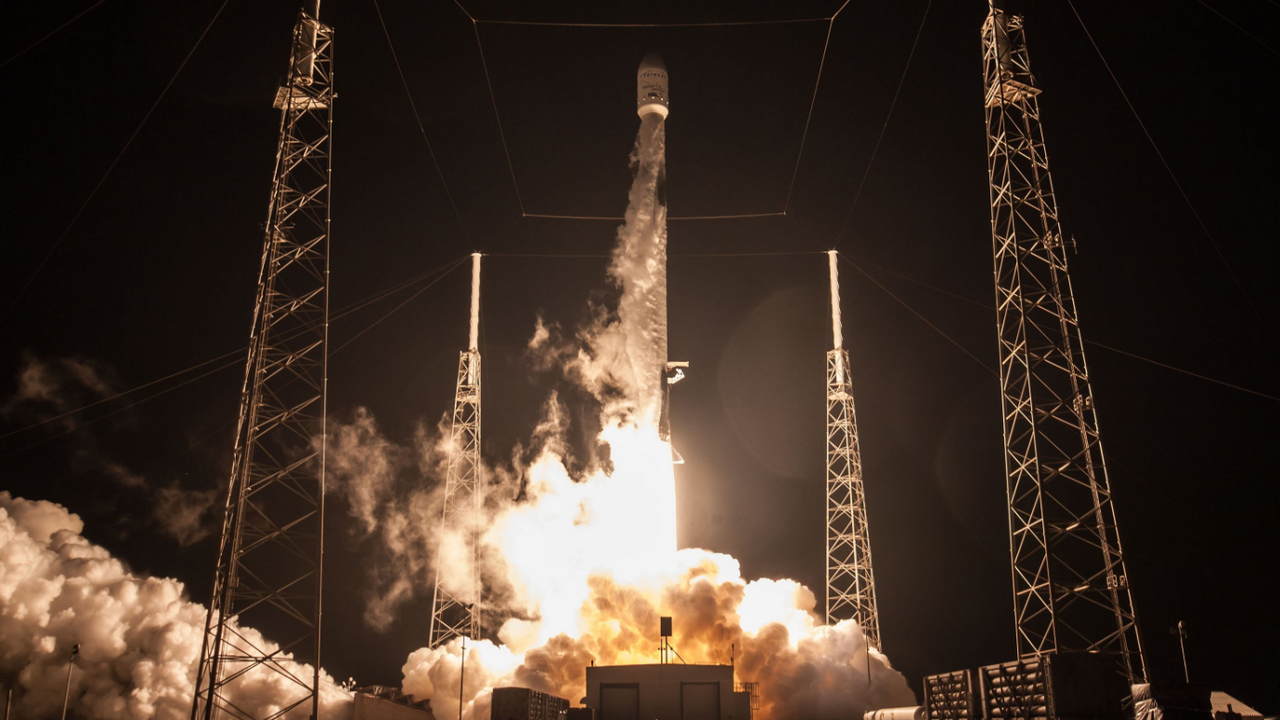On Tuesday, SpaceX launched an Israeli company’s communication satellite, Amos-17, into space on its Falcon-9 rocket. Space Communication, the company confirmed the launch of the satellite and said that it is en-route to its orbital position after separating from the SpaceX rocket. “Following a sequence of in-orbit tests that are expected to take approximately three months, Amos-17 is scheduled to begin commercial operations at the 17°E orbital position later in 2019,” the company said. The satellite was
**supposed to launch on 1 August** but got delayed due to a faulty valve in the rocket and the issue was fixed later. The Israeli satellite operator is counting on Amos-17 to provide communication services to Africa. It will also help the company come back after facing some major setbacks, including the loss of a satellite in 2016 when a SpaceX rocket exploded. [caption id=“attachment_7132731” align=“alignnone” width=“1280”] Launch of Amos-17 on the SpaceX Falcon-9 rocket. image credit: SpaceX[/caption] Amos-17 was manufactured by Boeing, which is SpaceX’s competitor in the space race. In the past, the CEOs have often spoken out against each other and about their technologies. But in this instance, they came to work together. The satellite had a total budget of about $250 million that included manufacturing, insurance and launch, and will soon join three other Spacecom satellites that are in operation. It has a life span of two decades. The launch took place at Cape Canaveral in Florida at 2:23 am Israel time. This launch also marked the third flight of the Falcon 9 booster. However, this time around, the booster was retired after it dropped into the ocean. The reason the booster did not re-land on the launchpad was that the satellite was heavy and took a lot of fuel to be launched into a geostationary orbit. This meant that the boosters did not have enough fuel to come back down. However, in a historic feat,
**SpaceX caught the payload fairing** , the uppermost stage of the rocket, in a boat. This will cut down the cost for its next launch.
Amos-17, has a life span of 20 years and will soon join three other Spacecom satellites that are in operation.
Advertisement
End of Article


)
)
)
)
)
)
)
)
)



